B-57 Canberra: The Most Impressive Attack Plane You’ve Never Heard Of…
I struggle to understand the weird relationship between Red China and Taiwan. If the nations of the world were actually a family, Taiwan would be that kid who made everybody feel awkward at Thanksgiving. Also known as Formosa, Taiwan is 13,826 square miles of gleaming high-tech success. With nearly 24 million citizens, Taiwan is one of the most densely populated countries on earth. They also make some mean microchips. As a result, the Chinese Communists covet Taiwan in a fashion that approaches unseemly. They always have.
In sweeping generalities, Japan ruled the place with an iron fist for half a century up until the end of World War II. With the end of the war, the Chinese Nationalists formed a democracy in what is now Taiwan. The Chinese Communists got their feelings hurt over this in a big way and never quite found closure. The controversy burns brightly even today, with the Communists threatening to invade seemingly every few weeks.
Nowadays we can’t seem to formally recognize the sovereignty of Taiwan without inducing the gyrating fantods in the Reds. However, that hasn’t stopped us from sending Taiwan scads of weapons. Such shenanigans have been going on for quite a while.
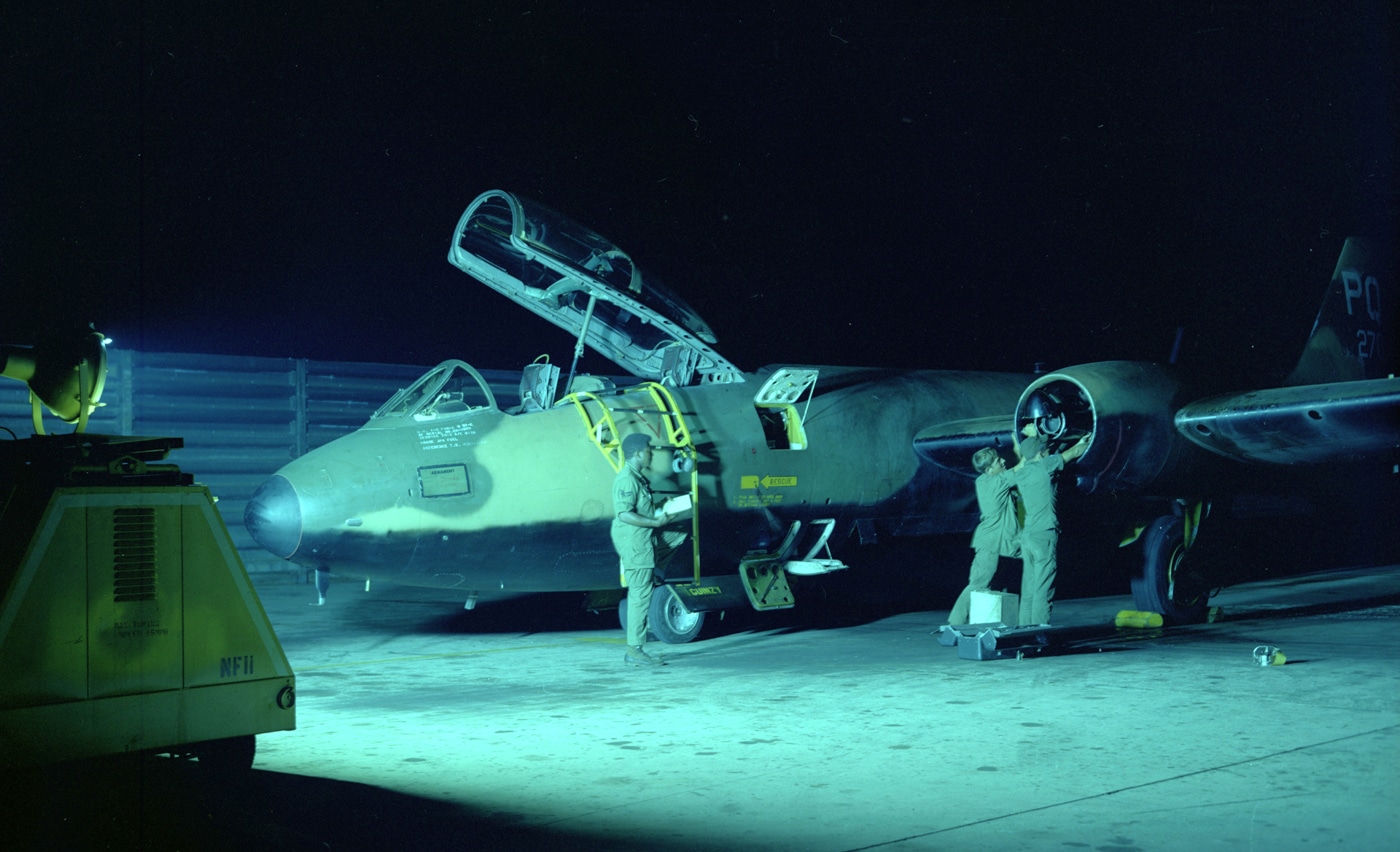
On 7 October 1959, a Taiwanese RB-57D Canberra reconnaissance bomber was on a mission gathering intelligence over mainland China. The plane was cruising at high altitude on the assumption that Chicom interceptors could not reach it. However, the Communist Chinese had been planning for this.
The Communists loosed a three-round salvo of V-750 (1D) missiles at the high-flying recon plane. These were Chinese versions of the Soviet-designed S-75. NATO designated this new weapon the SA-2 Guideline. American pilots who faced the things later in Vietnam called them flying telephone poles.
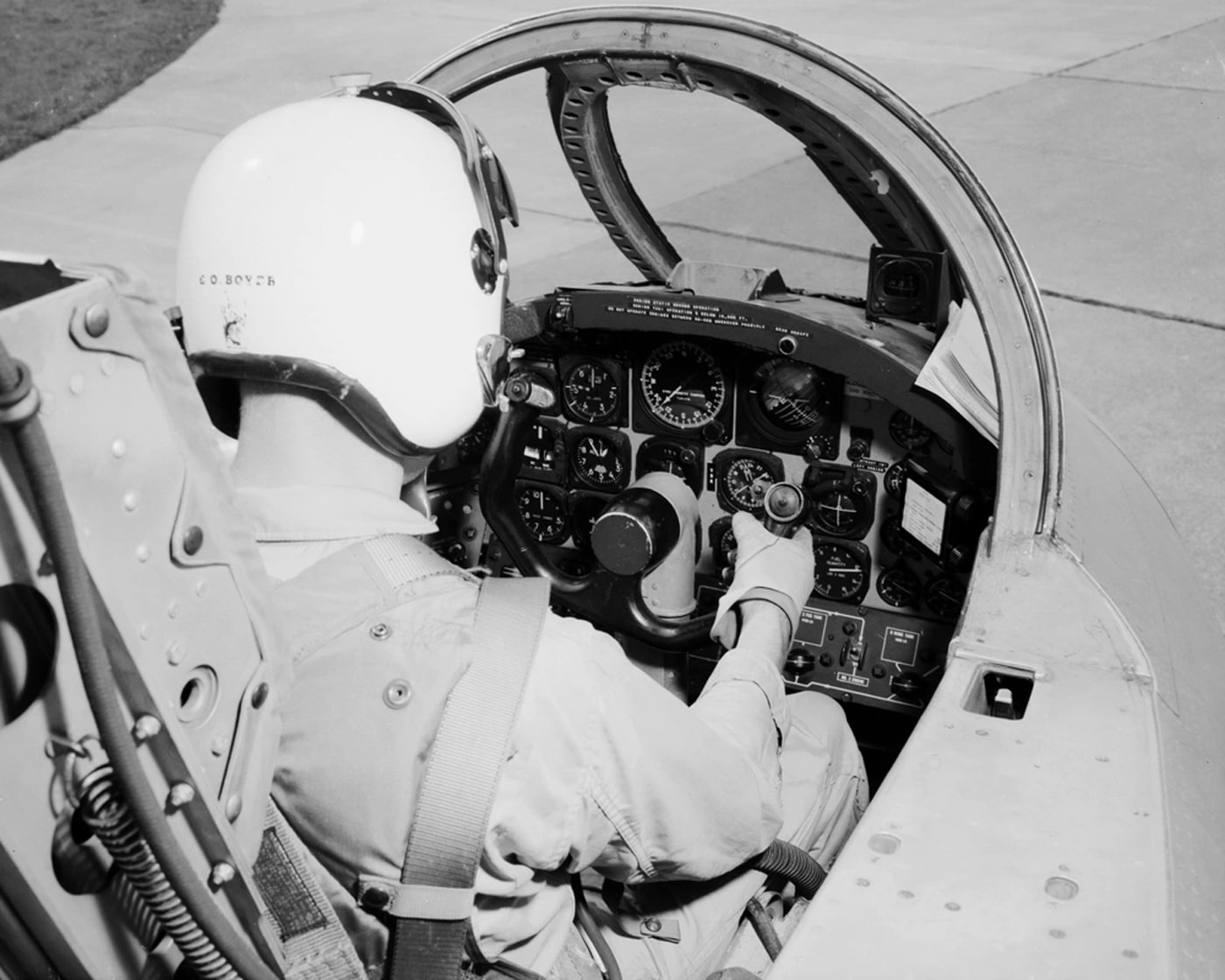
These radical new weapons tracked true and blew the Taiwanese bomber out of the sky. Though the world kept right on spinning, history had been made that fateful day over Communist China. This was the first time a combat aircraft had been successfully downed by a surface-to-air missile. It would not be the last.
The Plane
The B-57 Canberra had some fascinating parentage. The United States fought most of the Korean War with WWII-surplus weapons. While newly-introduced jet fighters like the F-86 Sabre and F9F Panther were indeed radically advanced, much of our other gear was not. Our primary interdiction aircraft was the WWII-vintage Douglas A-26 Invader, but these twin-engine, piston-engine aircraft got chewed up fairly quickly operating as they did at low level. Air Force planners subsequently issued an urgent request for an advanced all-weather jet-powered medium bomber. As time was of the essence, only existing designs already flying were considered.
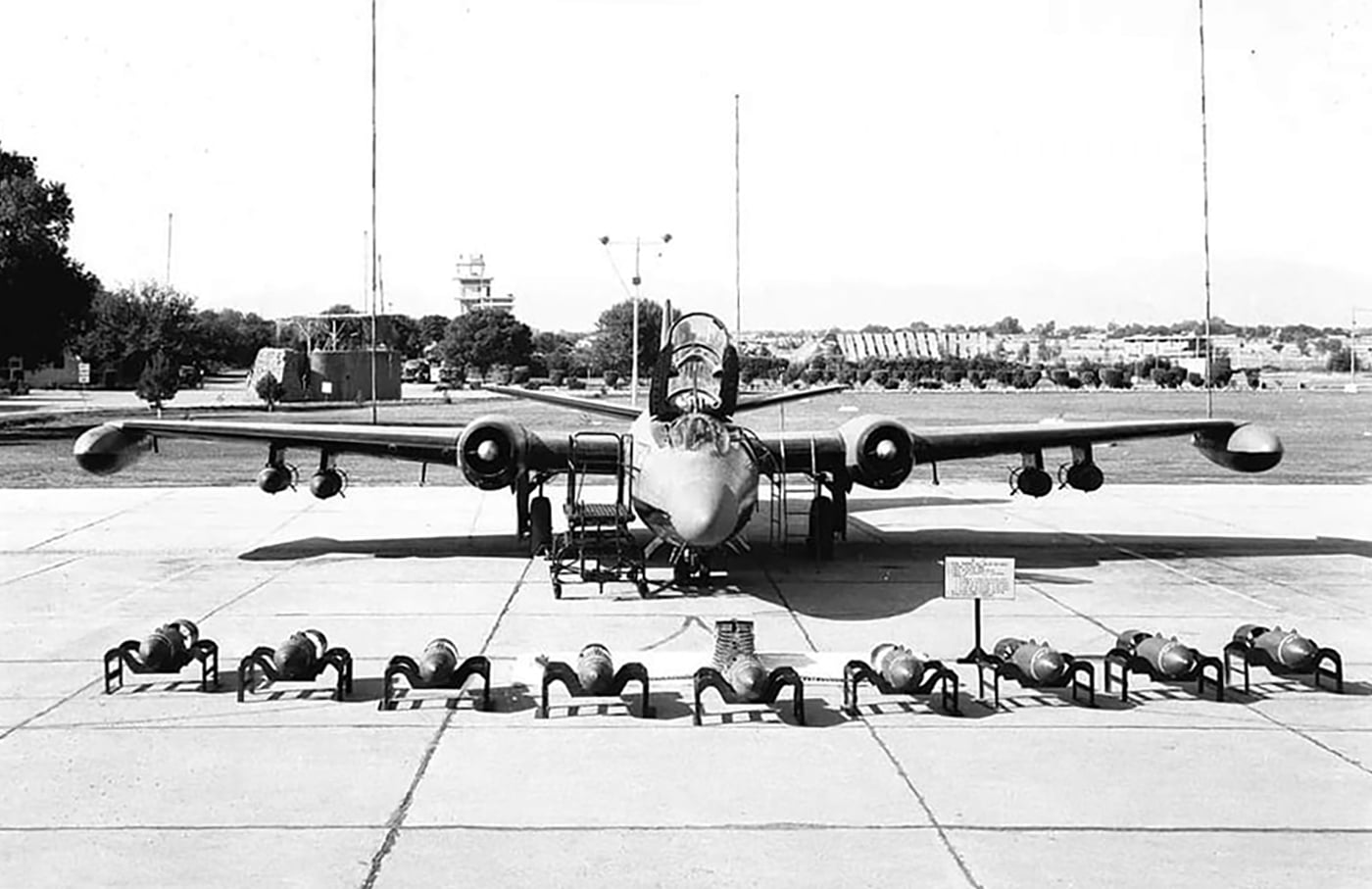
Contenders were drawn from both at home and abroad. Domestically, the North American B-45 Tornado, Martin XB-51, and the North American AJ Savage went up against the Canadian CF-100 and the British English Electric Canberra. After a competitive fly-off, the Canberra came out on top. However, the selection of a British-designed aircraft created tremendous acrimony both in American industry as well as the halls of Congress.
The process that led to the adoption of the Canberra as the American B-57 was sound. The Brits contracted with the Glenn L. Martin Company to produce the Canberra under license in the United States. This allowed Martin to tool up quickly to build the plane using existing production drawings. They also borrowed a couple of operational copies of the aircraft from the British to use as patterns. Building the planes on this side of the pond seemed to placate the politicians who were concerned about shipping American defense jobs overseas.
Details
The B-57 Canberra was a twin-engine, jet-powered strike bomber designed to provide close air support in all weather. The American version of the plane could carry ordnance both on four external hard points as well as in an internal bomb bay. The plane also packed eight .50-caliber machineguns in the wings for strafing missions. These weapons were later exchanged for four 20mm cannon. The first spanking new American-built B-57 rolled off the Martin lines in July of 1953, roughly two years after the contract was inked with English Electric. Building a comparable plane up from scratch would have taken much longer.
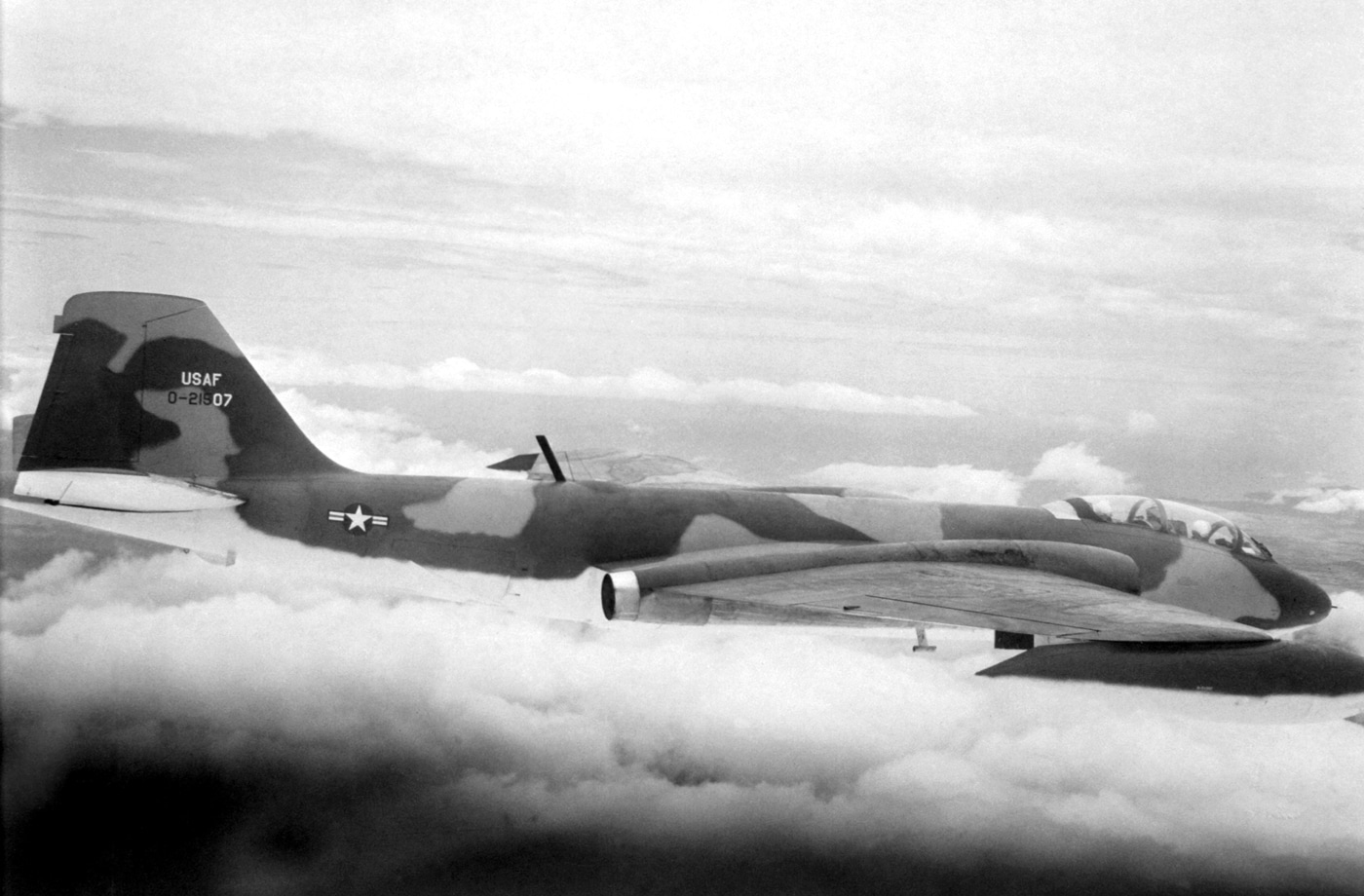
Despite all the fuss, the Korean War wrapped up before the B-57 was operational. Crew training and building the massive logistical base necessary to keep such complex combat aircraft supported just took too much time. Regardless, by the late 1950s the B-57 was ready for prime time.
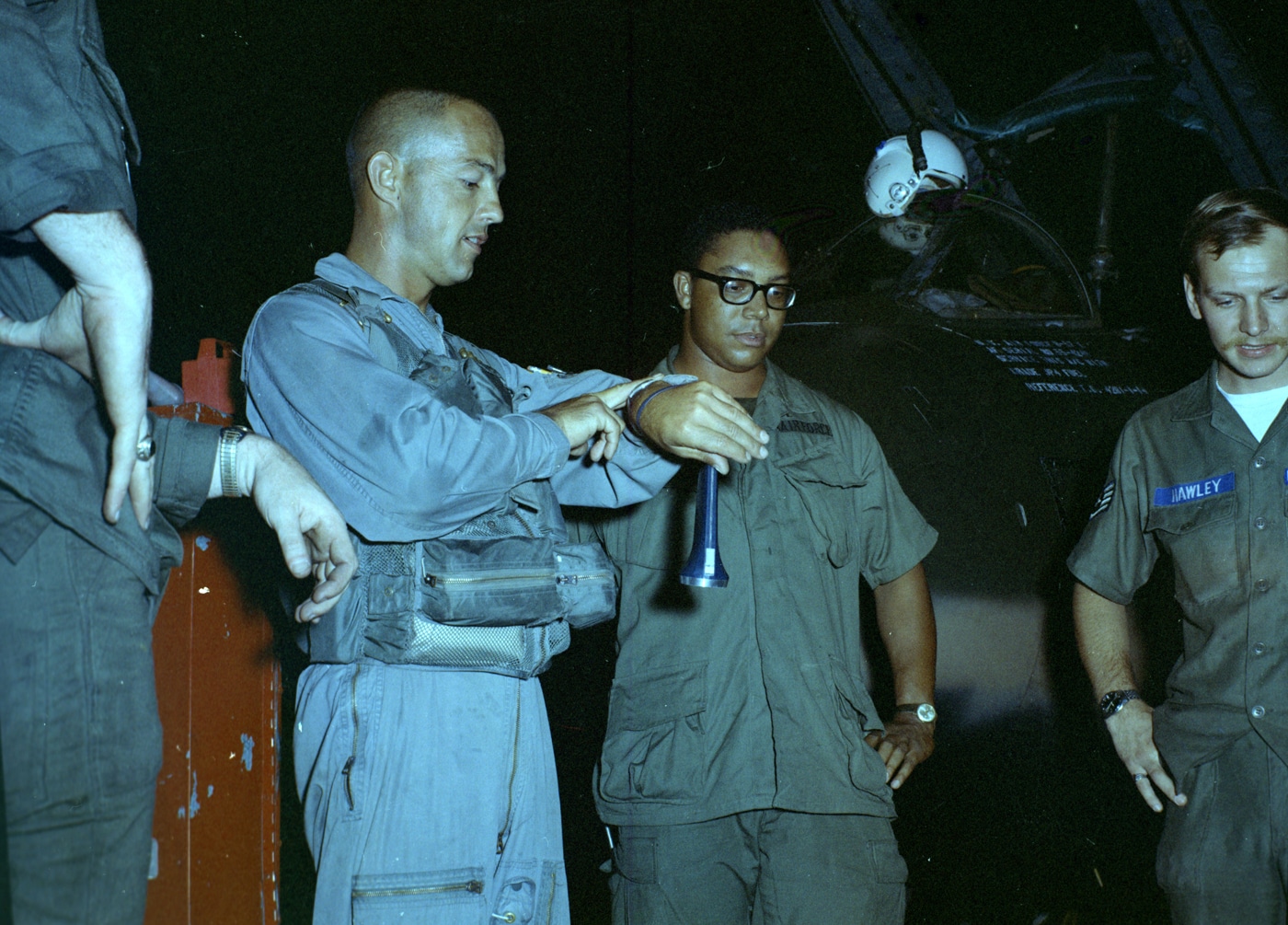
Ultimately some 403 airframes were produced in a wide variety of configurations. The basic aircraft was used as a medium bomber, reconnaissance platform, electronic warfare plane, and even a hurricane chaser. The original B-57A was never declared combat ready. The B-57B was the definitive operational model.
Any new tactical aircraft experiences unexpected challenges. The original Canberras were powered by British Armstrong Siddeley Sapphire engines that were contracted to Wright as the J65. When Wright could not provide the required engines in a timely fashion they subcontracted the work out to Buick. Buick engines had a nasty tendency to leak oil into the bleed air system and fill the crew compartment with smoke. Wright took over engine production in 1954, and this problem resolved itself. Once the bugs were ironed out, the B-57 provided solid service.
Practical Tactical
The B-57 saw extensive service in Vietnam as a multi-role combat aircraft. However, it was a rocky road getting there. Two B-57B’s were lost and a third damaged upon their initial arrival at Bien Hoa Airbase in the summer of 1964. Three months later a particularly effective VC mortar attack claimed a further five aircraft destroyed on the ground and another 15 damaged. However, the plane carried four hours of internal fuel and an impressive bomb load. This made it very effective at interdicting targets on the Ho Chi Minh Trail.
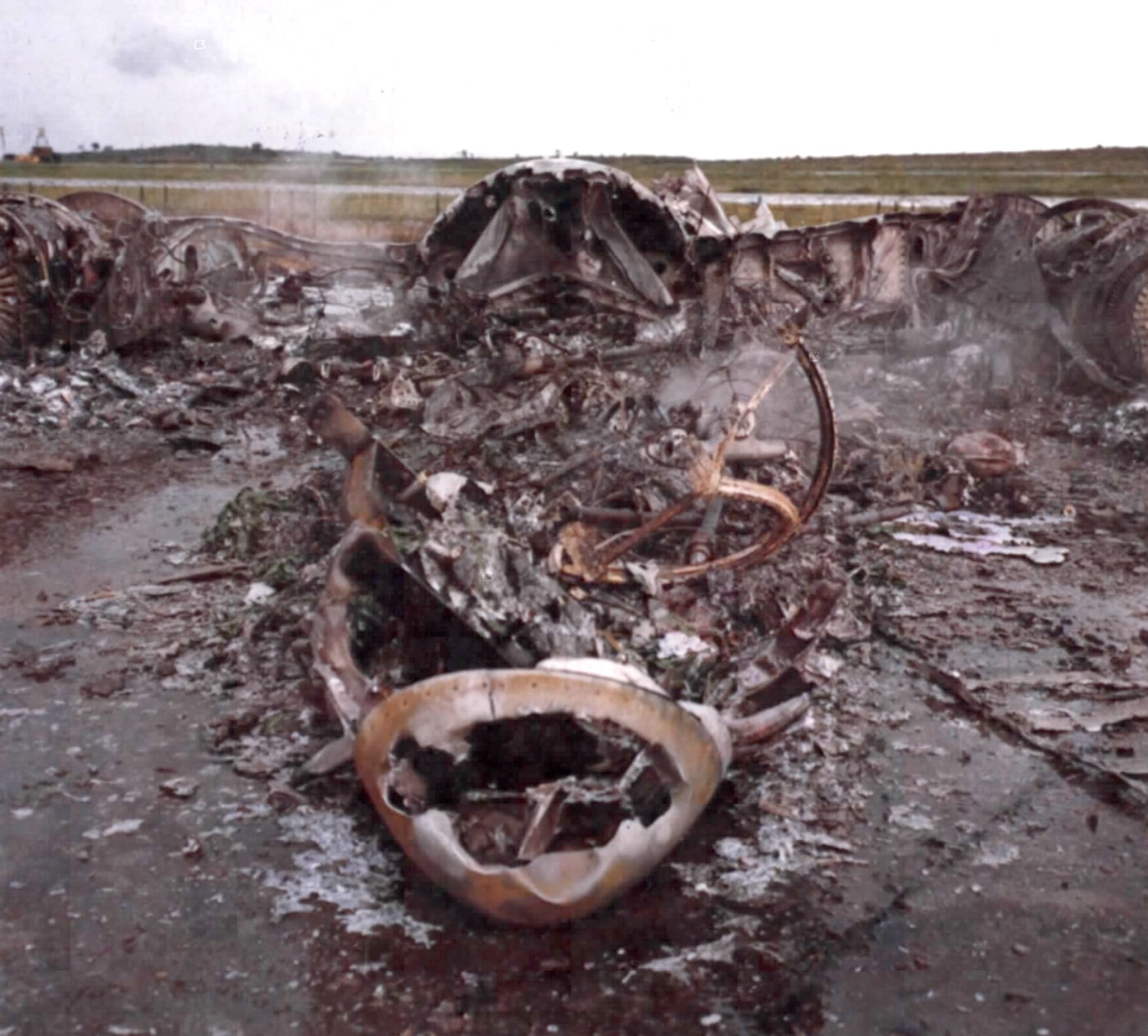
There was even a short-lived program to convert the B-57 into a dedicated gunship. Designated Pave Gat, this project involved mounting an M61 Vulcan 20mm rotary cannon in the bomb bay of a Canberra along with 4,000 rounds of ammunition. However, the AC130 Spectre was markedly more effective, so Pave Gat was scrapped. By the end of the Vietnam War, 58 of 94 deployed B-57’s had been lost.
The RB-57E reconnaissance variant was fabulously successful as a high-altitude surveillance platform, particularly at night. Sporting revolutionary night vision systems and IR scanners, the RB-57’s could pick out VC camps and workshops with pinpoint accuracy in total darkness. Flying at 16,000 feet, it only took 2½ RB-57 flights to thoroughly image the entire Cambodian border. The planes sported the epic callsign Moonglow. The RB-57 was eventually fitted with a video display in the back seat so that its crews could direct attack assets in real time.
Ruminations
The B-57 soldiered on until 1983 when it was formally retired by the USAF. NASA supposedly still operates a handful of the planes for high-altitude research even today. Born in England, made in the U.S. and blooded in Vietnam, the B-57 Canberra was indeed a fascinating if obscure combat aircraft.
Editor’s Note: Please be sure to check out The Armory Life Forum, where you can comment about our daily articles, as well as just talk guns and gear. Click the “Go To Forum Thread” link below to jump in!
Join the Discussion
Read the full article here


